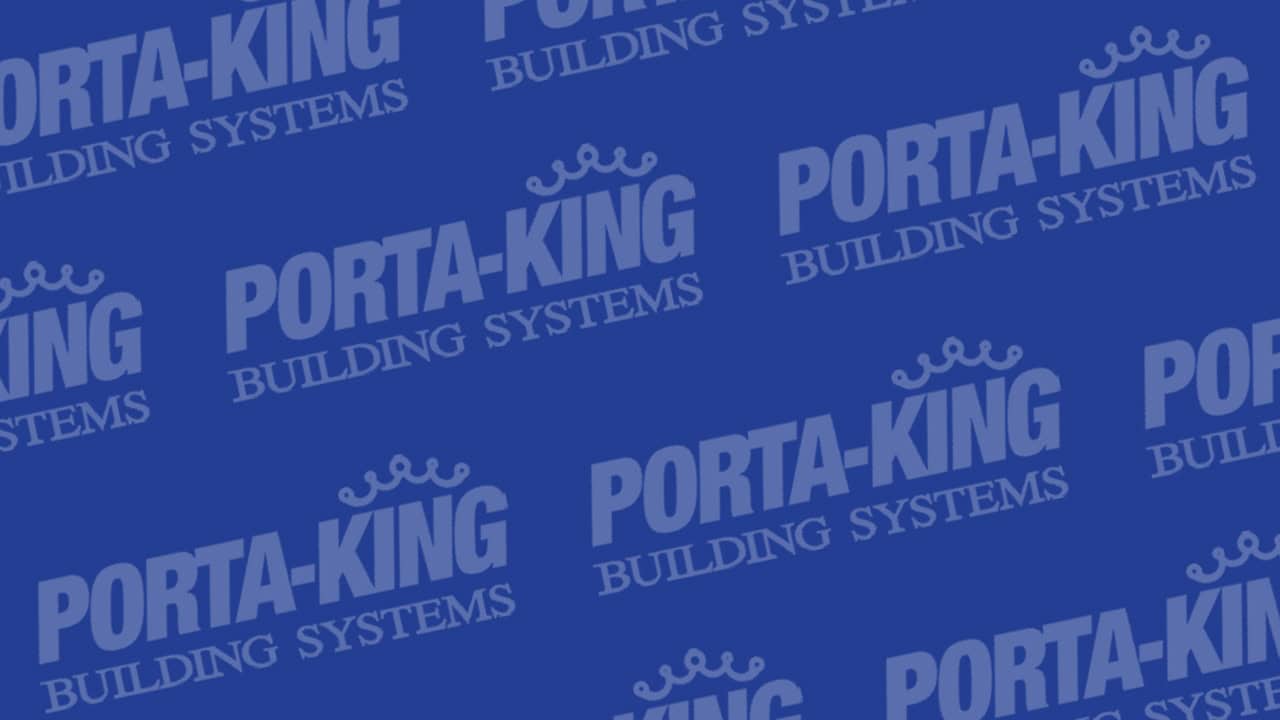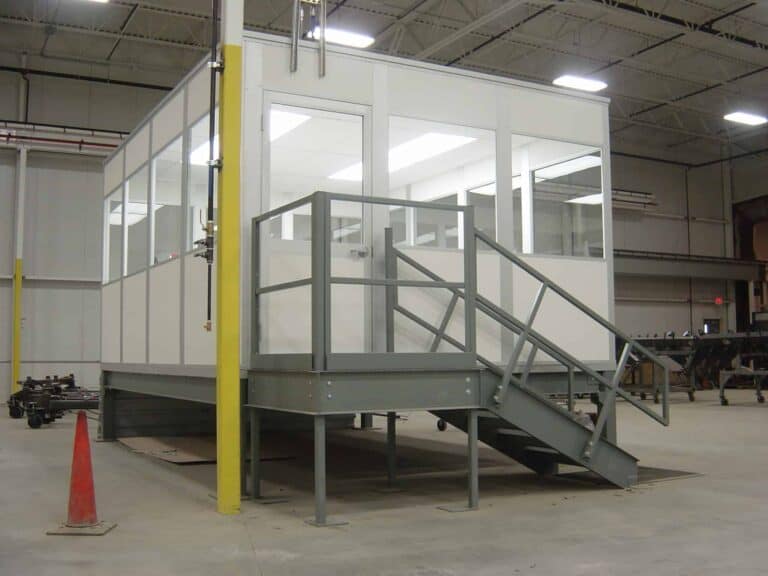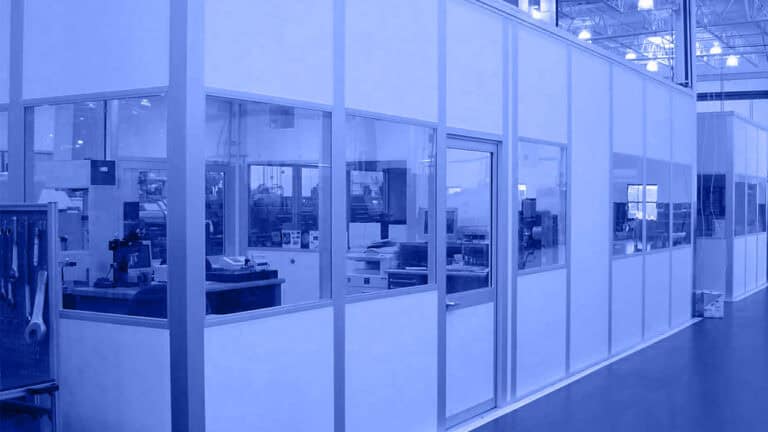In recent years, many countries and companies have announced 3D printing is the potential future of affordable, eco-friendly modular building technology. 3D modular building is fast, effective, and all over the news, but is it the most economic and green technology?
What Are 3D Printers?
Rather than printing ink on a page, 3D printers print three dimensional objects by layering material on top of more material. While this technology has been used for several years to make anything from chess sets to prosthetic limbs, it has recently been applied to the modular industry with hopes that it will replace the traditional methods of modular building. But every newer technology has plenty of kinks to work out before it can begin mass production.
Choosing Between Environmental and Economic Impacts
So far, there appears to be a tradeoff in the 3D modular building industry. If you want a fast and affordable building, the materials used are most likely not eco-friendly. While China boasted building 10 houses in a 24 hour period, they predominantly used cement, and not the green kind.
On the other hand, architects such as Ron Rael are creating organic modular elements with 3D printing technology, the cost is far out of the price range of the average businessman.
In a world where “choose one or the other” is the only option, it’s likely that if 3D modular building is further in the industry’s future than some would like to believe. The current methods of building modular structures offer both economic and environmental benefits that 3D printing cannot. However, as the technology improves there’s no reason to deny that one day we will have 3D printers that can make affordable and environmentally healthy modular buildings.






